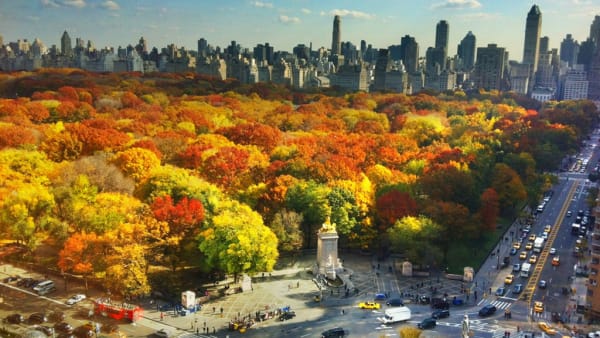Maurice de Vlaminck French, 1876-1958
Maurice de Vlaminck was a self-taught painter who never attended art school. He loved the work of the Impressionists, and met Claude Monet in 1900. Most importantly, he also met André Derain with whom he rented and shared a run-down studio on the island of Chatou. Vlaminck was unknown in the mainstream art world until the early years of the 20th century, when he joined the Fauves.
In his extensive study of Vlaminck's work, published in 1929, A. Mantaigne recalls his early years: “When he first began painting, Vlaminck lived on the banks of the Seine […] His paintings from this period are redolent of the simple life, of harmless enjoyment. Next comes his pure Fauvist period, which was never a fully-fledged doctrine, unlike Pointillism […] but rather an attempt at unification, at the creation of a single all-embracing expression of space and light, and their impact on our perception.'
Towards the end of his Fauvist period, Vlaminck attended the 1907 posthumous retrospective of the work of Paul Cézanne in Paris, and was inspired by the master's use of colour. For a few years, Vlaminck experimented with a post-Cézannesque approach to form, exploring the construction of volumes and space in a cautious approach to Cubism.
The poet and art commentator Vanderpyl - whose portrait Vlaminck painted in 1919 - described his work in terms of the genre explored by the artist for the greater part of his artistic life (from c. 1912 to his death in 1958): “A portrait by Vlaminck is also a landscape: a landscape in flesh – the young flesh of springtime, the warm flesh of autumn, or flesh as dry as barren soil.”





